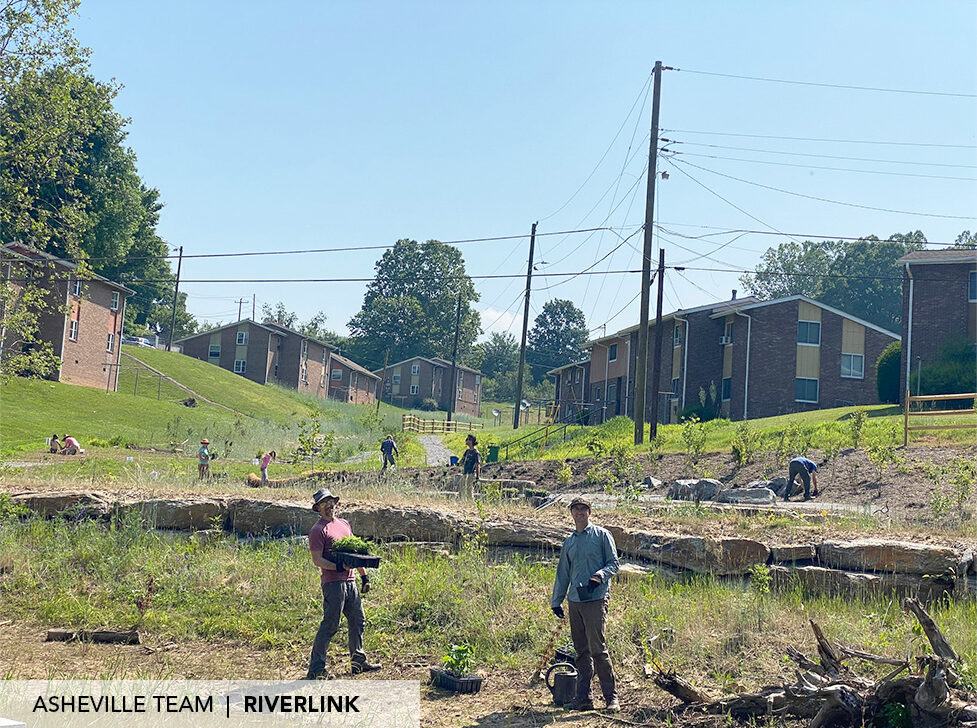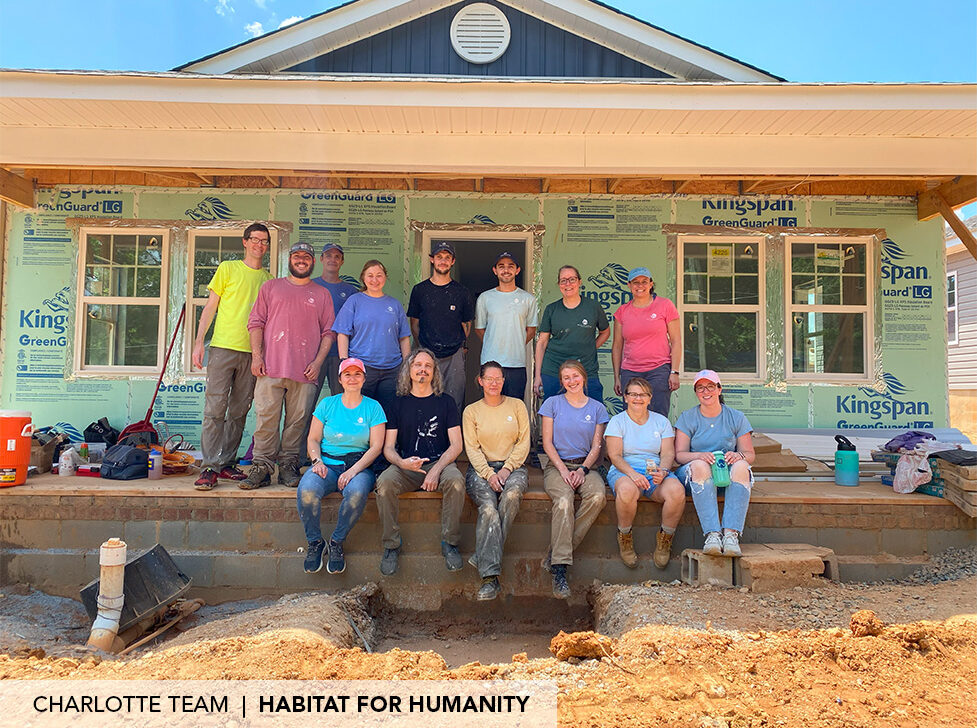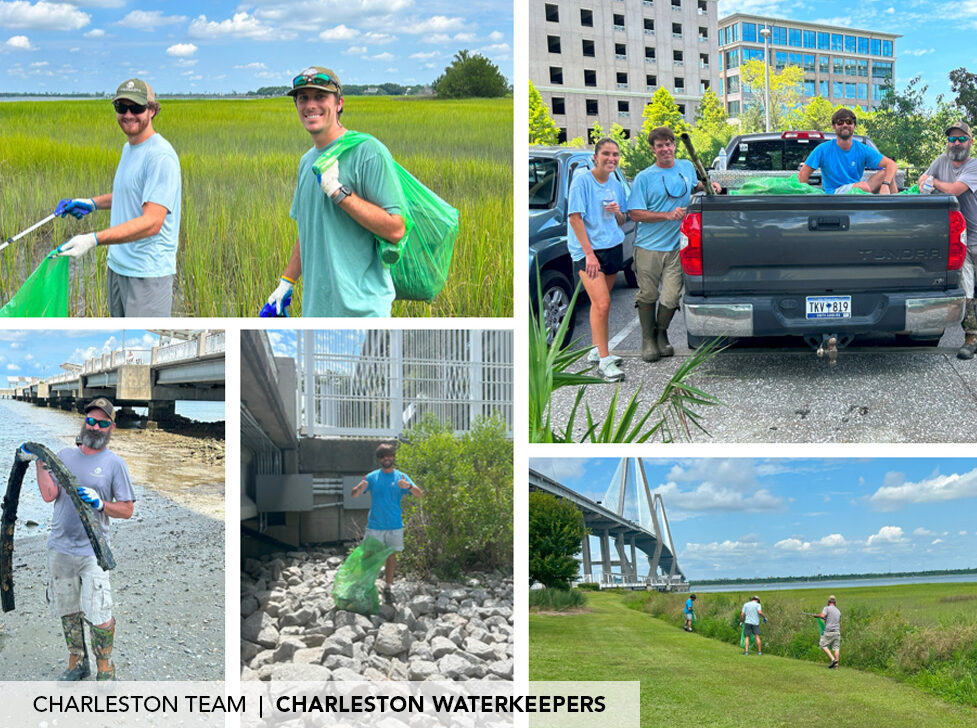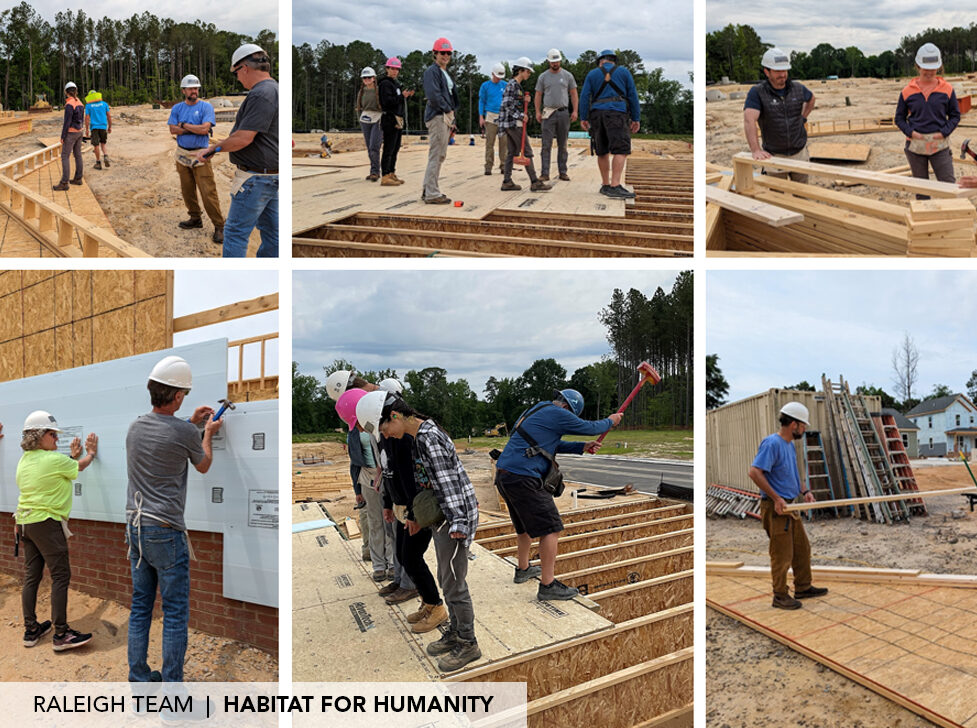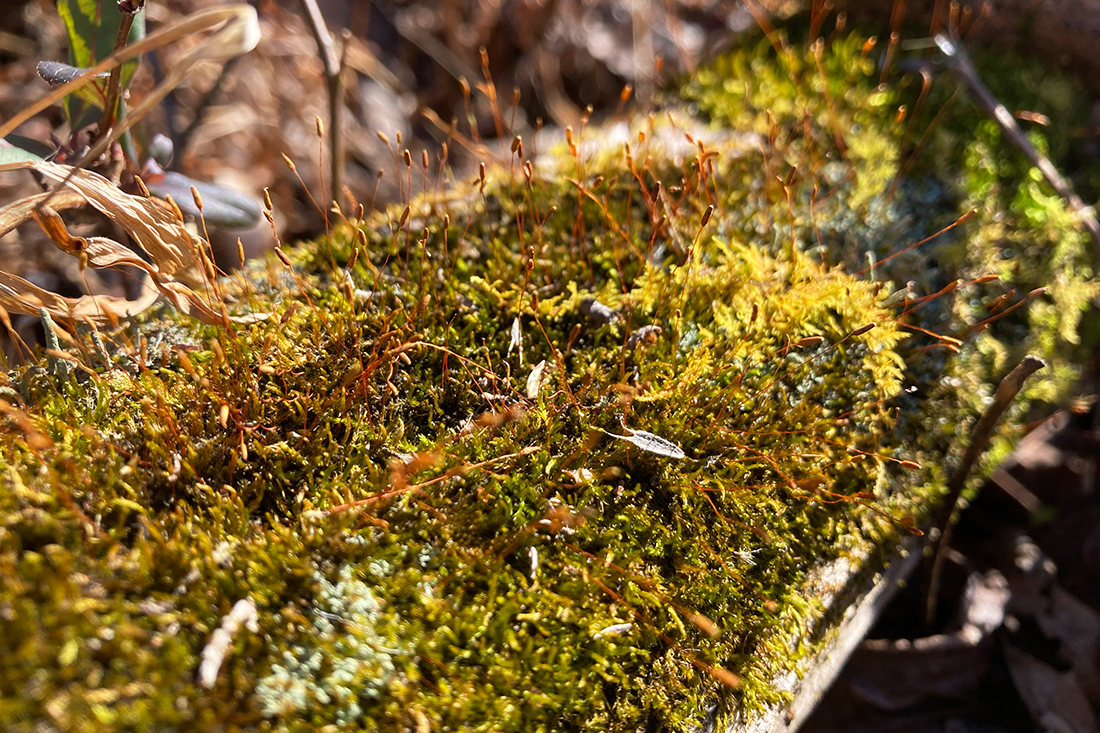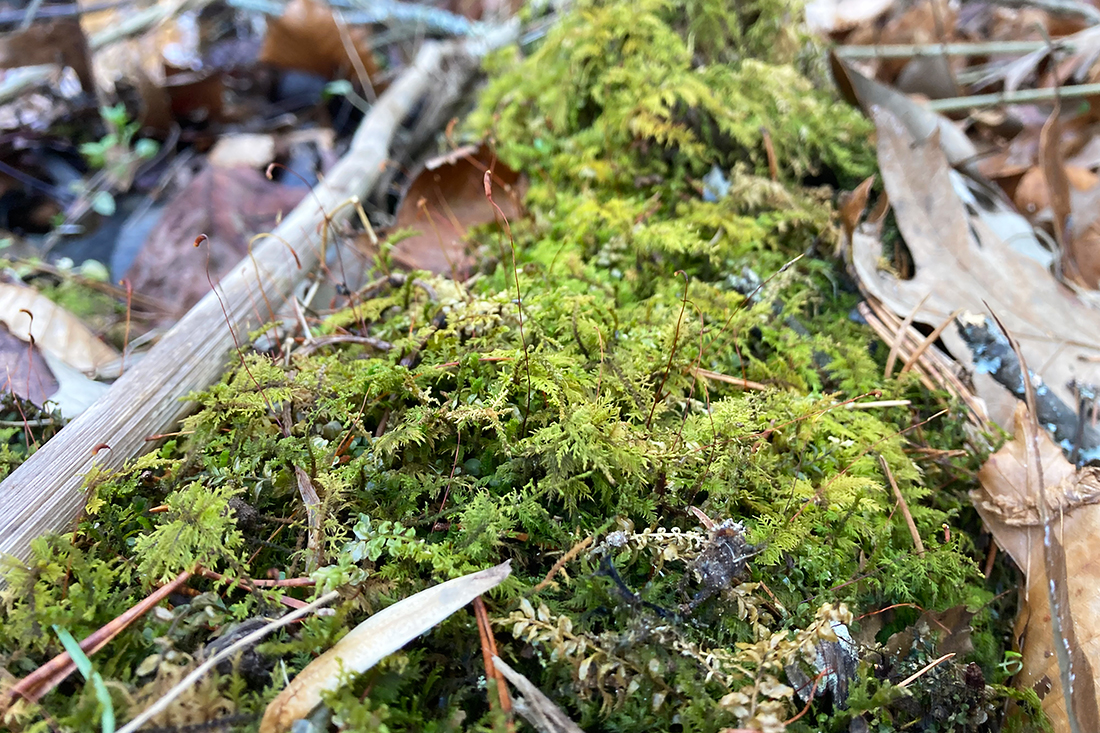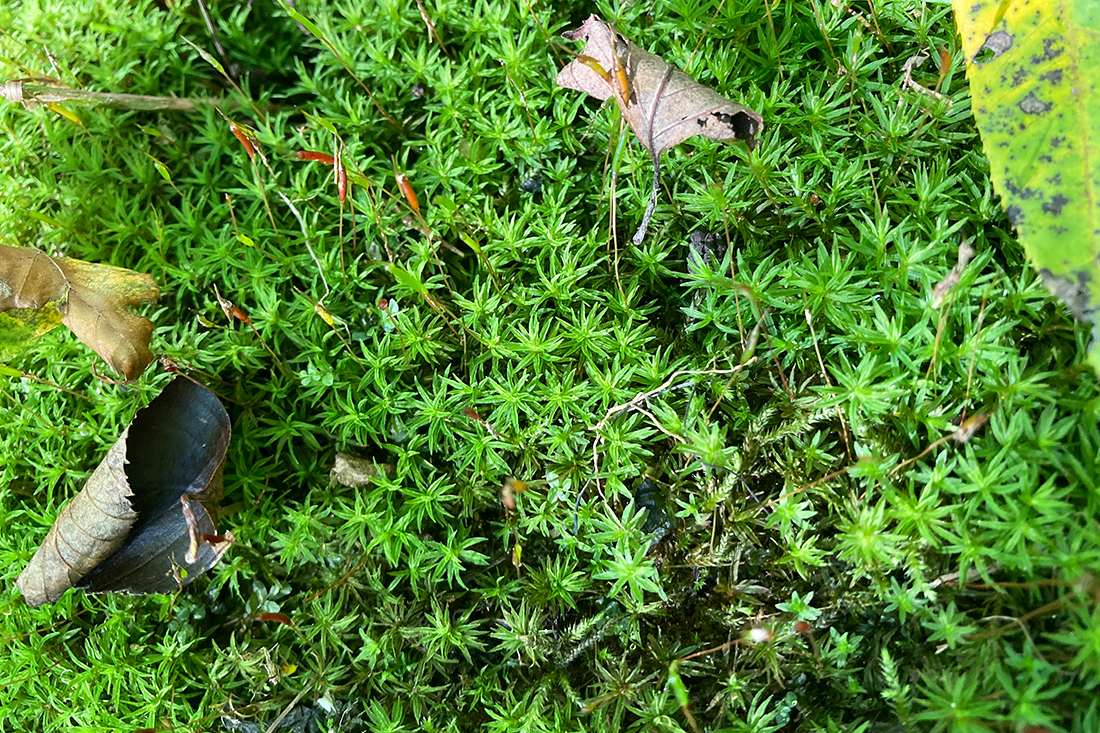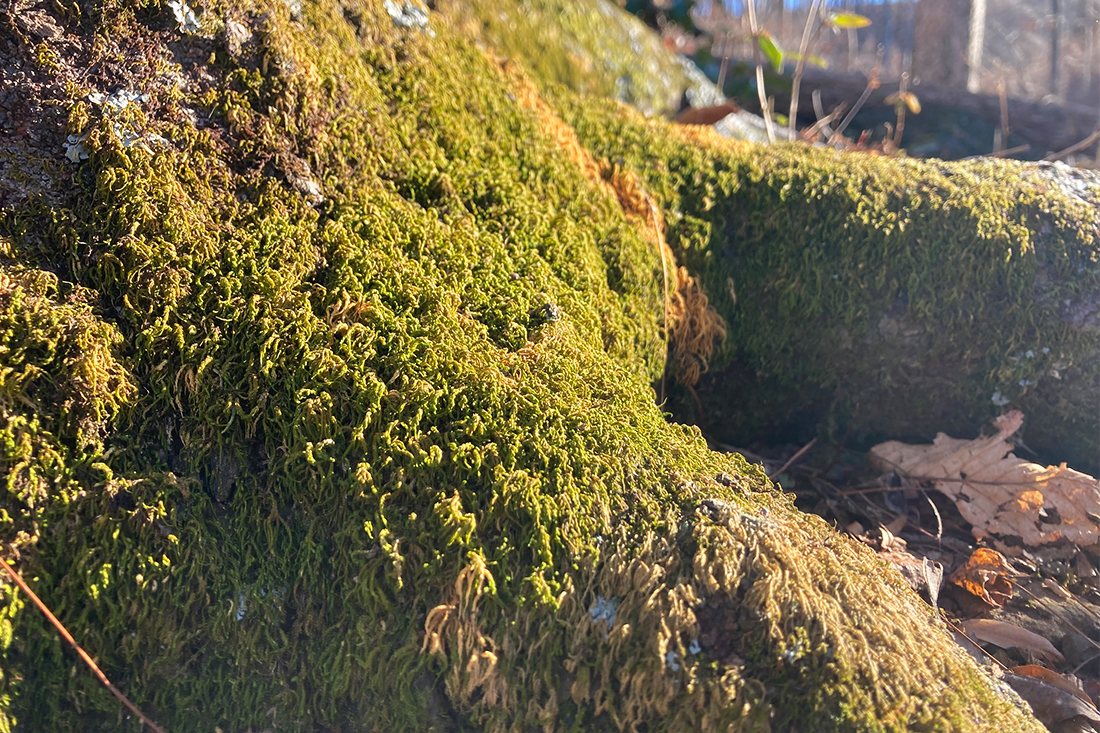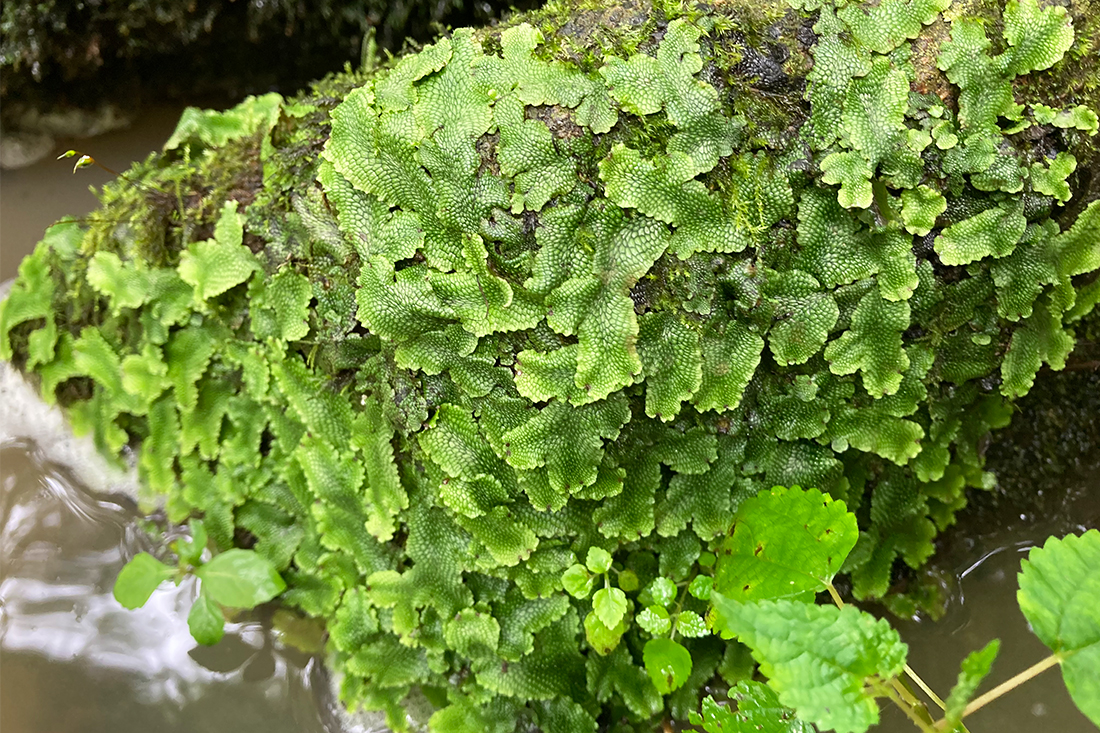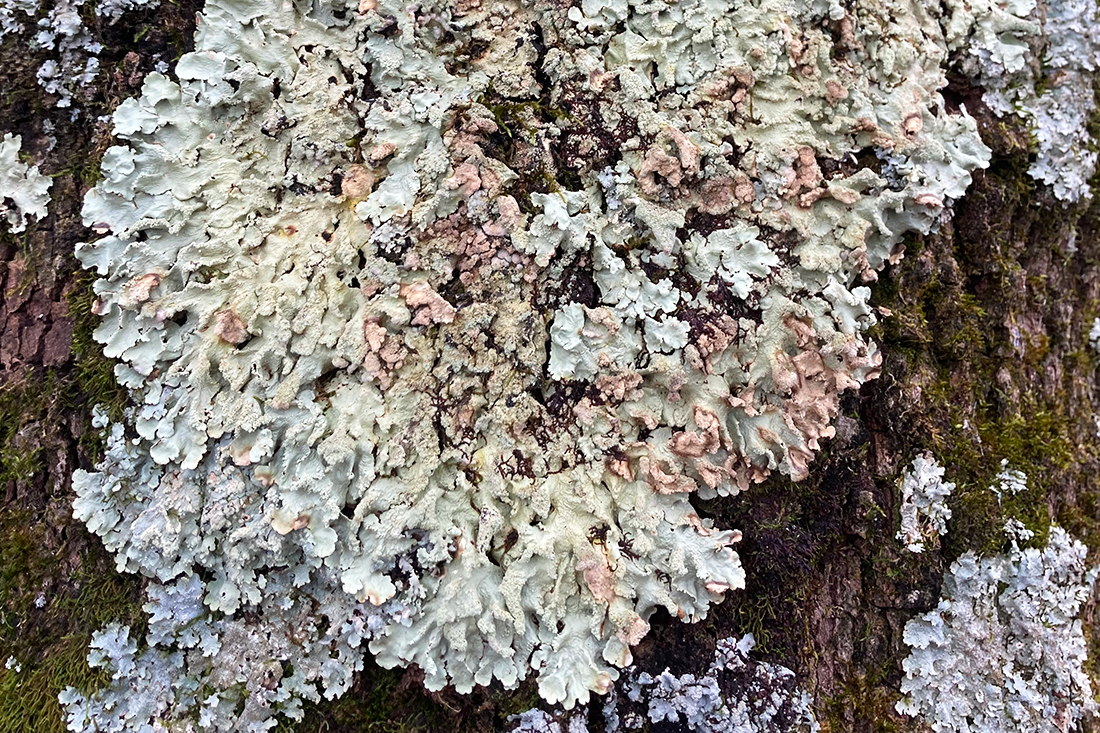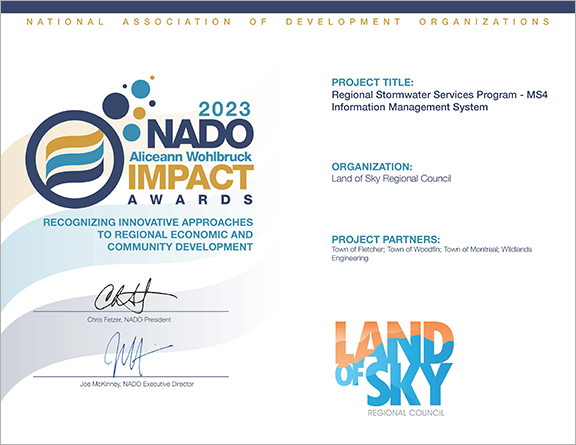The Wildlands Engineering Team continues to make an impact in our communities
Wildlands recently wrapped up another year of charitable endeavors, impacting over 30 unique organizations through dedicated volunteer efforts and substantial financial contributions.
Through Wildlands’ One+One Initiative, each employee is allotted eight hours per year for community engagement. Since this program’s inception in 2015, the enthusiasm of our team members has been the driving force behind the success of our One+One Initiative. From helping to build affordable houses to participating in writing letters to school-age kids, our team members donated over 560 hours of their time in the past year alone, demonstrating a collective commitment to impacting our surrounding communities. Companywide, 76% of the allotted hours for volunteering were utilized, which reflects the dedication and generosity of our team in supporting meaningful causes and making a tangible impact within our communities.
As we look ahead, our goal is to expand the reach of our program, partnering with new organizations and working towards alleviating pressing needs in our communities. By fostering a culture of giving back, we aim to not only enhance our company’s social footprint but also inspire others to make a positive impact in their communities. Here’s to making a great impact in 2024!
 This past year, Wildlands supported and sponsored a classroom for the Letters to a Pre-Scientist program. Through penpalship, this organization has given many of Wildlands’ employees the ability to connect with students from all over the country and inspire them to explore a future in the environmental and water resources industry. Click here to read more about our scientists’ inspiring experience with this program »
This past year, Wildlands supported and sponsored a classroom for the Letters to a Pre-Scientist program. Through penpalship, this organization has given many of Wildlands’ employees the ability to connect with students from all over the country and inspire them to explore a future in the environmental and water resources industry. Click here to read more about our scientists’ inspiring experience with this program »



